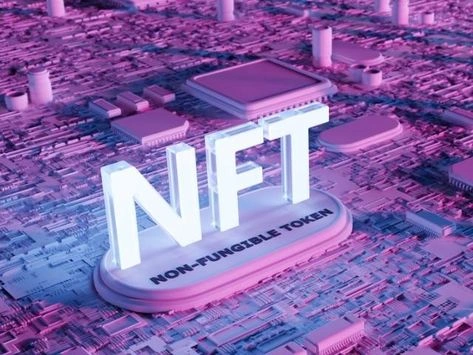Web3 Lifestyle Trends Reshape Spending Habits Among Digital Natives
April 25, 2025

Web3 Lifestyle Trends Reshape Spending Habits Among Digital Natives
April 25, 2025 — As the Web3 movement gains traction, users are beginning to adjust not only how they interact with technology but also how they manage their finances. From decentralized finance (DeFi) to non-fungible tokens (NFTs), Web3 lifestyle trends are gradually reshaping traditional spending behavior—often in ways that escape mainstream notice.
According to recent observations across digital platforms, Web3 users are displaying a distinct shift in their financial priorities, favoring digital ownership, community engagement, and blockchain-based systems over conventional consumerism.
Digital Ownership Influences Spending Decisions


Traditional ownership has long been tied to tangible goods—homes, vehicles, physical collections. However, in the Web3 ecosystem, the concept of ownership has expanded to include NFTs, DAO (Decentralized Autonomous Organization) memberships, and tokenized digital assets.
These assets are not only viewed as personal investments but also as gateways to exclusive content or membership in digital communities. Web3 users are increasingly allocating spending toward these digital goods instead of material items, signaling a cultural shift in consumer values.
“People aren’t just buying to own anymore,” noted a crypto community analyst. “They’re buying to participate—to align with movements, communities, or creators they believe in.”
Web3 lifestyle trends: New Approaches to Saving and Investment

Web3 lifestyle trends have also extended into personal finance, particularly in how users approach saving. Rather than depositing money into traditional savings accounts, many users are opting to participate in DeFi platforms, liquidity pools, and staking protocols that offer yield-generating opportunities.
While some financial experts caution against the volatility and speculative nature of these investments, proponents argue they offer users greater control and financial flexibility—if not higher returns.
In staking, for instance, users lock their cryptocurrency in a blockchain network in exchange for rewards. The concept resembles a savings model, but without the centralized oversight of a bank.
Web3 lifestyle trends: Subscription Models Reimagined with Web3


Web3 platforms are introducing new versions of subscription services that blend access with governance. Instead of paying merely for content, users pay for influence—participating in platform decision-making and supporting decentralized ecosystems.
This model is gaining popularity on platforms such as Mirror and Lens, where users purchase access not only to creative works but also to community-driven governance systems. These tokenized memberships create a hybrid of patronage and digital investment.
“The traditional subscription fatigue still exists,” said a digital economy researcher. “But users are more willing to pay when they’re offered more than passive access—especially if they have a stake in the platform’s evolution.”
Web3 lifestyle trends: Rise of Digital Minimalism Among Web3 Users

Another noticeable change involves a growing trend of digital minimalism. Influenced in part by the volatility of the crypto market, some Web3 users are reconsidering impulse spending and leaning toward more intentional consumption habits.
Spending decisions now often factor in sustainability, digital alternatives, and support for decentralized platforms. For some, this reflects a broader movement to align financial choices with personal or community values.
This ethos emphasizes quality over quantity—owning fewer, but more meaningful or impactful, digital assets.
Beyond Technology: A Shift in Consumer Culture
Ultimately, Web3 lifestyle trends suggest a larger cultural transformation in how consumers view spending, ownership, and financial participation. The emphasis on community, transparency, and decentralization is influencing more than just the tech sector—it’s shaping daily behavior and long-term decision-making.
As Web3 platforms mature, their users may continue to drive changes in how digital economies operate—reducing dependence on centralized services and creating new norms in consumption.
Whether these habits will endure or evolve further remains to be seen. However, the growing impact of Web3 on lifestyle and finance is undeniable—and continues to raise new questions about the future of digital consumer behavior.

